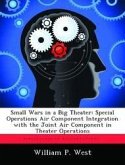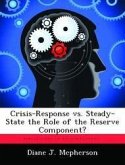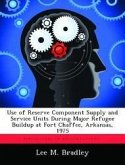A comparison of the mobilization and employment of Reserve or citizen-soldiers during the Philippine War and Operation Iraqi Freedom provides an interesting comparison of how America's military establishment has always desperately sought to augment its standing army with the additional capabilities that the Reserve Component provides. America cannot hope to fight and win wars without the use of its Reserve Component. The purpose of this paper is to show how the Armed Forces of the United States have exploited its Reserve Component over the generations by comparing and contrasting two low-intensity conflicts as well as discussing the overall use throughout our history. Specific attention is paid toward mobilization, training, and integration into the theater of operations. Additionally, the transition of the Reserve Component from its past employment to its current and future role as an operational reserve is examined. The total force concept leads to an operational reserve and this concept is valid, and has continued to prove its worthiness on the battlefield. However, increased attention needs to be placed on areas such as mobilization, equipping, training, and peacetime integration with active component forces.








